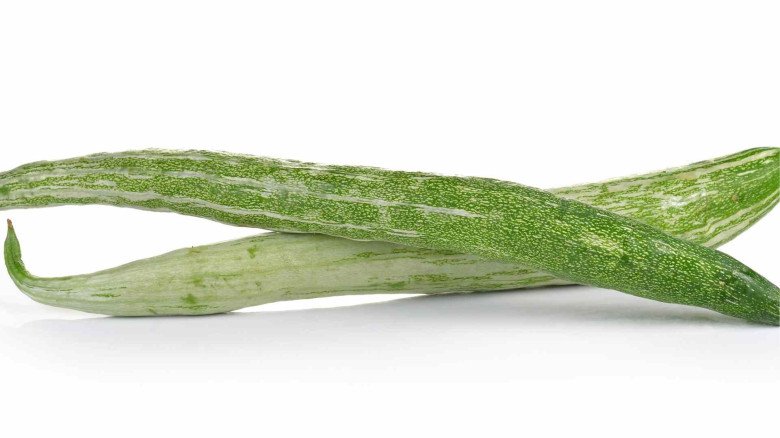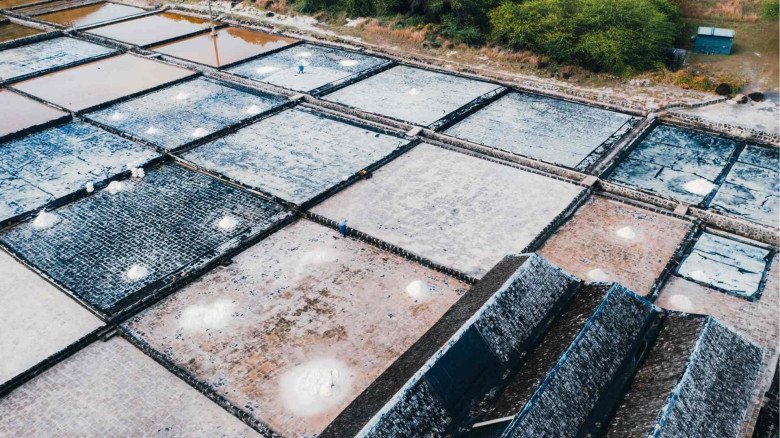Hydroponics Earns Farmer Five Times More
Hydroponics Earns Farmer Five Times More & Saves 80% on Electricity Bills
Pritpal Singh's Chandigarh family cultivated wheat and paddy for 50 years until 2016.
To avoid soil-borne infections, Pritpal Singh used hydroponics. His 2.5-acre farm grows hundreds of green veggies for his successful business. To help other farmers adopt this new strategy, he founded Farmcult.
Most Punjabi and Haryana families monocrop paddy and wheat during Kharif and Rabi. He adds that repeating crops increases soil-borne illnesses and reduces soil fertility.
Pritpal was always interested in ways to make farming more profitable and reduce dangers. This search led him to quit his three-year corporate position and farm.
My family was farmers, therefore I was always connected to my roots, even in Nagpur for college and Mumbai for work. When I could, I visited my farm to figure out how to make it lucrative for the future generation.
“When I told my parents about my decision to pursue farming full-time, their first concern was also about the new approaches I wanted to try,” says the MBA graduate.
Pritpal turned his ancestral farm into a successful business with 25,000 lettuce and spinach plants in 8,000 square feet. He harvests 800 kg of leafy greens per month, five times more than conventional farming with fewer resources.
Hydroponics' soil-free cultivation technique made this feasible!
Many soil-borne diseases, like fungal and bacterial infections, reduce crop output. You cannot eliminate soil microbes and parasites like nematodes. Thus, I considered eliminating dirt as a medium. Hydroponics eliminates this worry, he says.
Italian basil, baby spinach, three to four lettuce varieties, red and yellow capsicum, and seedless cucumbers are currently grown by Pritpal.
He grows vegetables in 2.5 acres of protected environment structures, including an indoor vertical farm, a temperature-controlled polyhouse, a naturally-ventilated polyhouse, and indoor and outdoor hydroponics systems.
New crop growing method
Pritpal discovered a greenhouse and protected cultivation after investigating. He started growing exotic flowers and seedless cucumbers in 2016.
Hydroponics was introduced to him soon after. He thinks hydroponics lets us grow leafy greens locally in a temperature-controlled environment year-round. You have more control over growing.”
He says this technology saves 90% more water than open-field Agriculture farming because it circulates it. The entire food-growing method is sustainable.
“Unlike open-field farming, where large quantities of fertilisers are used without control, we only add the precise amount needed for plant growth, reducing nutrient costs,” he adds.
On a 2.5-acre farm, Pritpal spent Rs 60 lakh to install the system. “But this is only a one-time investment, yielding recurring benefits throughout the year,” he says.
He plants leafy greens hydroponically and harvests 800 kg per month. “Leafy greens yield almost five times more than land-based farming. The beauty of hydroponics, he says.
In a 1.5-acre naturally ventilated polyhouse, Pritpal plants bell peppers and seedless cucumbers. Up to 90 tonnes of seedless cucumbers and 30 tonnes of bell peppers are harvested annually. “I get a 30% higher return in this setup,” he says.
Hydroponic gardening increases crop yields by controlling nutrient delivery.
‘No plan B’
Pritpal says vine crops have raised his annual income by 1.5 times and leafy greens by five times over soil-based gardening.
Hydroponic gardening might “revolutionise agriculture and food production” according to a 2023 study. Leafy greens, herbs, tomatoes, cucumbers, strawberries, and flowers can be grown in it. It precisely controls fertilizer delivery and climatic conditions, increasing crop yields and quality.
This was no easy feat.
I haven't had an easy time. I've experienced several problems in this arena for almost eight years, he says.
Pritpal believes hydroponics gardening has grown in popularity in recent years, but he struggled to set it up without technical knowledge.
“I hired a Mumbai company to build the hydroponics farm. The company was inexperienced and couldn't assist expand. I realized their statements were incorrect, he said.
Indoor hydroponics allows Pritpal to cultivate veggies beneath grow lights.
For four months, Pritpal couldn't grow anything despite the setting. “I had to retreat. But I kept telling myself there was no plan B and I had to do this. He says he researched and adjusted every farm parameter.
“For instance, they used low-quality LED grow lights with an unsuitable wavelength for plant growth. “I learned these things the hard way and made appropriate changes,” he says.
Pritpal gradually added solar power to cut operational costs by 80%. He powered the hydroponics with 15 KW solar panels.
Pritpal warns that farmers cannot just mimic Western hydroponics arrangements.
“We must also consider state-specific climates. In Chandigarh, we must maintain 20–26 degrees and 60–65% humidity. Kashmir may have different parameters. He continues, "We must first analyze the geography, climate, and weather before designing and setting up the farm."
-logo.webp.png)
.jpg)
-logo.webp.png)


































Leave A Comment